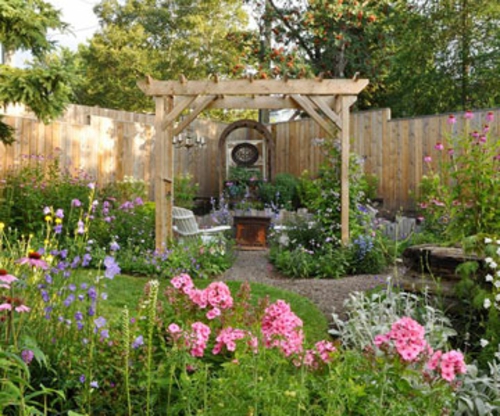Simple, inviting front yard – garden design

Simple, inviting front yard – garden design
Sometimes a simple plan is the best plan. In this case, a year round garden, developed by landscape designer Kristopher Dabner, who uses lightly growing plant species to make a front yard, looks good and fresh in all four seasons.
Long-flowering perennials such as coreopsis, daylilies and grindgrass offer cheerful spring colors, as well as attractive levity when not in bloom. Maidengrass and Common Yew are colorful even in winter, with perennial plants sleeping under the snow.
Improve your soil quality – inviting front yard
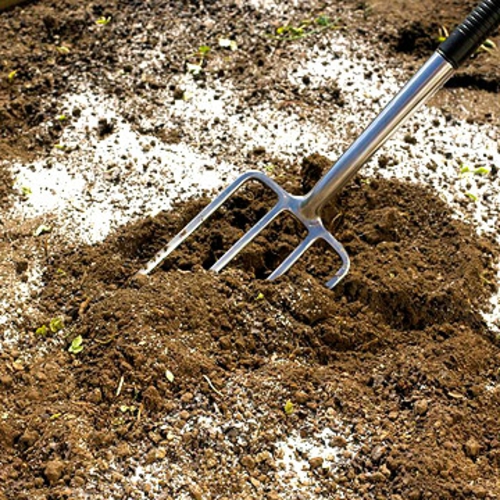
Before you start planting, check your soil for a good, mellow surface (like chocolate brown cake). If you squeeze out a little in your hand, it sticks together a bit, but it still crumbles easily. Use the note below to improve your soil quality.
Nice idea how you can shape your front yard
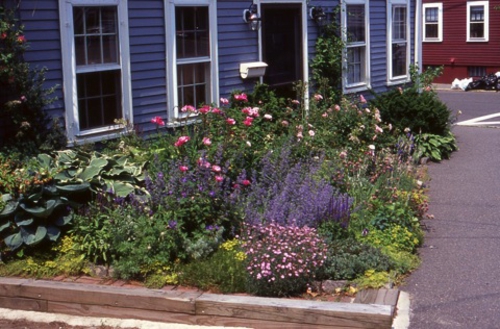
Toniger soil: Add as much organic material as you like – compost, composted manure, bleach moss or humus. If you only add sand, you risk creating an almost outlined substance. Mix the sand with the bleaching peat moss or compost first and then carefully mix it into the soil. Add organic material every year.
An American house – white, wooden garden fence

Sandy or slotted soil: Mix humus soil with the compost or bleach peat soil and add to the soil.
Alkaline soil: Mix bleaching peat moss or loin dust into the plant beds to gently lower the pH. Or mix sulfur in the soil for a faster effect. Some plants, such as azaleas, rhododendrons, camellias and blueberries, need acid soil.
Footpath in the front yard leads to the front door of the house
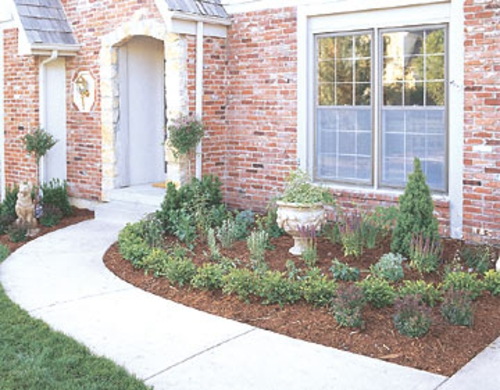
Garden tip: Add organic material to stain before planting. Dabner prefers locally available compost, as is done by garden centers or private companies. To find a resource in your area, see the yellow pages under ‘Recycling’.
Typical American front yard – steps in front of the front door
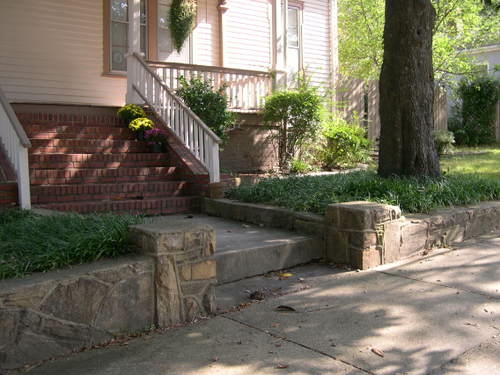
The plan
Although designed for the Kansas City, Missouri, area (Zone 5), most plants thrive in most of the United States. For best results, plant in a sunny spot; Most plants will also perform well in the shade, sometimes in the shade. To ensure good results in your area, buy plants from local garden shops.
The main part of the plan measures about 8.40 m over 6.00 m deep, but the garden could easily be expanded or reduced by changing each plant species number.
Planting: diagram and materials
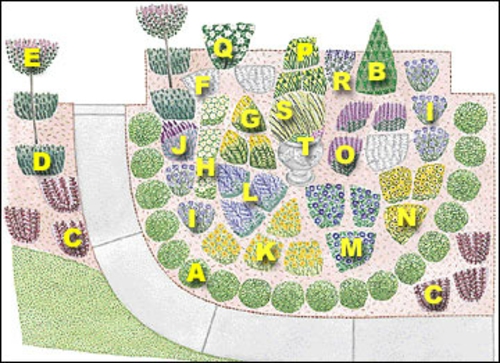

Beautiful, well maintained garden design
